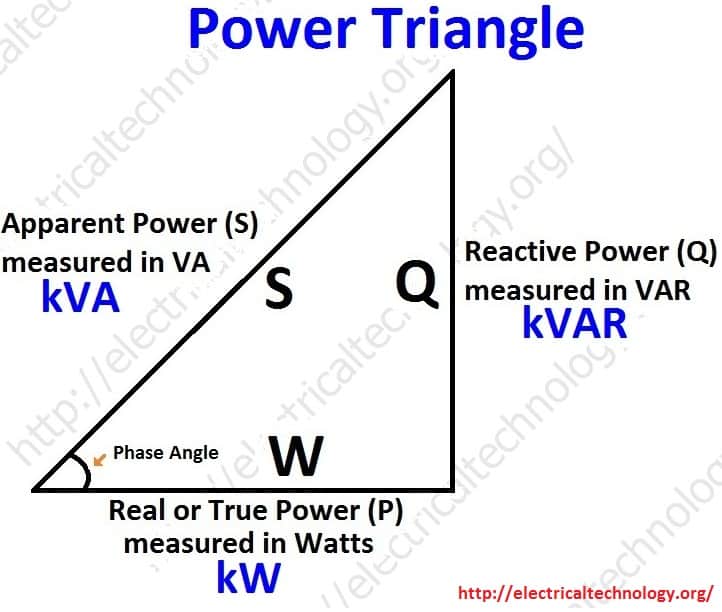A single phase induction motor is very similar to a 3-phase squirrel cage induction motor. It has
(i) a squirrel-cage rotor identical to a 3-phase motor
(ii) a single-phase winding on the stator
What is major difference between a 3-phase induction motor and a single-phase induction motor?
Unlike a 3-phase induction motor, a single-phase induction motor is not self- starting but requires some starting means.
Why single phase induction motor does not self starts?
The single-phase stator winding produces a magnetic field that pulsates in strength in a sinusoidal manner. The field polarity reverses after each half cycle but the field does not rotate. Consequently, the alternating flux cannot produce rotation in a stationary squirrel-cage rotor.
What is basic method to start single phase induction motor and why it is not preferred?
If the rotor of a single-phase motor is rotated in one direction by some mechanical means, it will continue to run in the direction of rotation. As a matter of fact, the rotor quickly accelerates until it reaches a speed slightly below the synchronous speed. Once the motor is running at this speed, it will continue to rotate even though single-phase current is flowing through the stator winding. This method of starting is generally not convenient for large motors. Nor can it be employed fur a motor located at some inaccessible spot.





